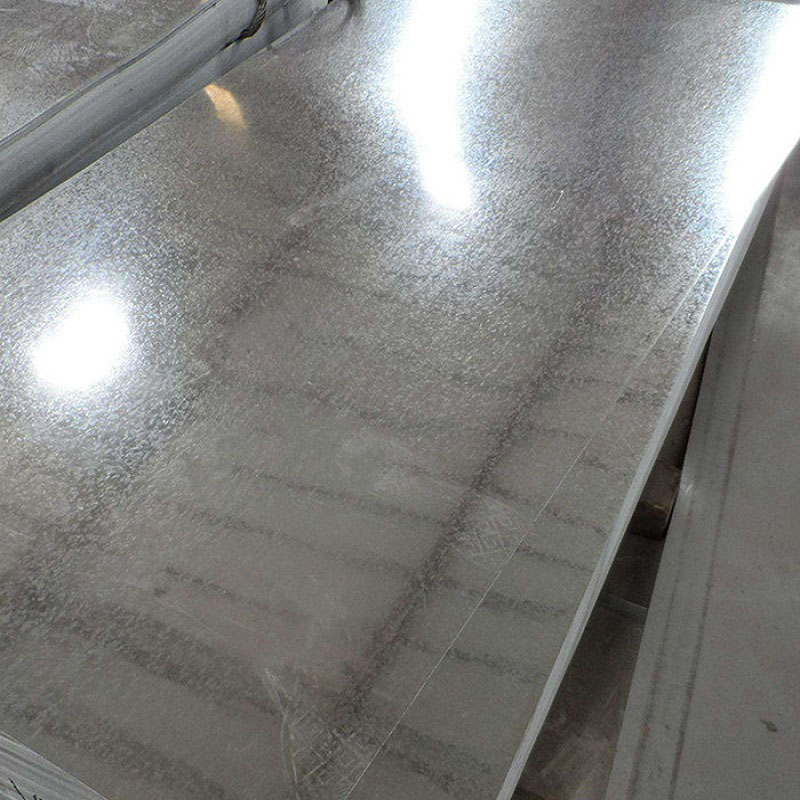What is the process of galvanizing sheet steel?
2024-01-06
The process of galvanizing sheet steel involves coating the steel with a protective layer of zinc to enhance its corrosion resistance. The most common method used for galvanizing sheet steel is hot-dip galvanizing. Here is an overview of the hot-dip galvanizing process:

1. Surface Preparation:
- The steel sheets undergo thorough cleaning to remove any dirt, grease, rust, or other contaminants from the surface. This is essential to ensure good adhesion of the zinc coating.
2. Acid Pickling:
- The cleaned steel sheets are immersed in an acid bath (typically a solution of hydrochloric acid or sulfuric acid) to remove any remaining oxides, mill scale, or other impurities from the surface. This process prepares the steel for proper zinc adhesion.
3. Fluxing:
- After pickling, the steel sheets are immersed in a flux solution. The flux helps prevent oxidation of the cleaned surface before it comes into contact with the molten zinc. Common fluxing agents include zinc ammonium chloride or zinc chloride.
4. Galvanizing Bath:
- The prepared steel sheets are then immersed in a bath of molten zinc at temperatures typically ranging from 830 to 870 degrees Fahrenheit (440 to 465 degrees Celsius). The zinc bath provides a metallurgical bond between the zinc and the steel substrate.
5. Zinc Alloy Coating:
- The steel sheets are slowly withdrawn from the molten zinc bath. As they are lifted out, the excess zinc is allowed to drain off, leaving a uniform and adherent zinc coating on the surface of the steel. The thickness of the zinc coating can be controlled by adjusting the withdrawal speed.
6. Quenching:
- After galvanizing, the coated steel is quenched or cooled rapidly to solidify the zinc coating. This process enhances the structure and properties of the galvanized layer.
7. Inspection and Post-Treatment:
- The galvanized steel sheets undergo inspection to ensure uniform coating thickness and adherence. Some additional post-treatment processes may be applied, such as chromate passivation or oiling, to provide additional protection against white rust formation and to enhance the aesthetic appearance.
The hot-dip galvanizing process results in a durable and corrosion-resistant coating that protects the underlying steel from rust and other forms of corrosion. This makes galvanized sheet steel suitable for a wide range of applications, particularly in environments where exposure to moisture, harsh weather conditions, or corrosive substances is a concern.


